Home>Interior Design>What Is Cultured Stone? Does It Differ From Natural Stone?

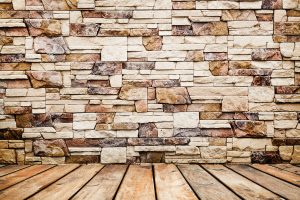
Interior Design
What Is Cultured Stone? Does It Differ From Natural Stone?
Modified: December 6, 2023
Natural stone is beautiful, but also quite pricey. Thankfully, there are alternatives. So, what is cultured stone and how does it compare? Find out here!
(Many of the links in this article redirect to a specific reviewed product. Your purchase of these products through affiliate links helps to generate commission for Storables.com, at no extra cost. Learn more)
There are many reasons to love the look of natural stone. Its elegant appearance has graced many classic homes and rooms, and it remains a premium material to this day. The price tag attached to such stones can get quite hefty but, thankfully, there’s an alternative. The question is, what is cultured stone and how can it upgrade your home without breaking the bank?
What is Cultured Stone?
Cultured stone, also known as faux stone or manufactured stone, is a type of material made to mimic natural stone. It’s most often used to decorate different areas of a house, including walls, fixtures, and pathways. These materials date back to the 1960s when Garrett and Floyd Brow popularized them.
Read more: What Is Cultured Marble Vanity Tops
How is Cultured Stone Made?
Classic cultured stone uses a mix of concrete and other ingredients that are formed into the general shape of natural stone using a mold. It is then painted to add extra depth and detail to its mimicry.
While cement is the original base, manufactured stone can also be made using other materials like polyurethane, resin, and fiberglass. Each base excels at different things. Plastic mixtures are easy to mold and paint, resin can copy the shinier stones like marbles and quarts, and fiberstone creates more textured final products.
Types of Cultured Stone
There are many types of cultured stone available for purchase today. The main difference mainly boils down to their materials. Classic manufactured stone has a base of concrete, making it naturally sturdier and more resilient to weather and wear. More modern variants make use of plastics and other lighter bases such as resin and fiberglass. This results in a more affordable and easy-to-work-with stone.
Both types of cultured stone are useful around the home, but often you’ll find that one is more suited to a certain job than the other. Lightweight faux stone shines best indoors, where it can be kept away from harsh weather. Concrete-manufactured stone, on the other hand, does very well outdoors for pathways and facades.
Cultured Stone Vs Natural Stone
Cultured and natural stones have some similarities and differences that you may want to take note of. When choosing between them, you’ll need to take into account budget-friendliness, ease of use, appearance, maintenance, and longevity.
Budget-Friendliness
The budget-friendliness of cultured vs natural stone varies a lot based on their materials. In general, cultured stone is the more affordable of the two. However, the gap in prices can go from small to very wide depending on the natural stone you choose for the comparison. Natural stone tiles made of travertine, for instance, are much closer to manufactured stone prices than marble or other pricier options.
Read more: What Is Stone Veneer
Ease of Use
As beautiful as natural stone is, one downfall may be its ease of use. Natural stone can be difficult to work with, especially when using them to build entire structures. Putting them in a stacked stone or tiled format should help this, though.
On the other hand, cultured stone is usually easier to work with. The lighter varieties are especially easy to transport and install where you need them. Many variants of stacked stone use faux stone both to lower prices and create a more workable product.
Appearance
Natural stone will usually take the cake in terms of appearance. While you can hardly tell the difference between quality cultured stone, there will usually be telltale signs that the human eye could pick out. Whether it’s a repeating pattern or a strange evenness to the paint job, faux stone is still, in the end, just a copy of the real thing. For the price and its other benefits though, small sacrifices in appearance may be worth it.
Maintenance
For maintenance, there’s no doubt that faux stone is easier to care for. Different types of natural stones will have specific cleansers that need to be used or you risk them becoming discolored. In addition, regular sealing is needed for all natural stones. Cultured stone, on the other hand, is usually much less sensitive to liquid cleaners. Also, while concrete faux stone will still benefit from sealant, polyurethane and other materials will usually be fine without it.
Longevity
Depending on the type of materials, cultured stone and natural stone will have different lifespans. When taken care of, natural stone is more often the longer lasting of the two. After all, faux stone usually has a painted top layer that will tend to fade over time while natural stone features multiple layers of the same design.
| Metrix of Comparison | Cultured Stone | Natural Stone |
|---|---|---|
| Budget-Friendliness | Very affordable option | Depends on the material, but generally more expensive |
| Ease of Use | Easy to install | More difficult to work with due to weight and form |
| Appearance | Mimics the real thing, but can get close | More aesthetically pleasing to the human eye |
| Maintenance | Easy to clean and maintain | Requires careful cleaning and regular sealing |
| Longevity | Can fade over time and exposure to sunlight | Lasts a long time depending on the type of stone, but tends to age better |
Read more: How To Store Liquid Culture Syringes
Cultured Stone Pros and Cons
Now that you’re more familiar with cultured stone and how it stacks up against natural stone, why don’t we take a look at its pros and cons? These points should help you determine if you’d be happy with this budget-friendly option, or if you’re willing to shell out more for the real thing.
Pros
As we’ve mentioned before, cultured stone tends to be on the more affordable side of the spectrum when it comes to achieving the stone look. Quality cultured stone will appear very similar to its natural counterpart, often for a fraction of the price. It’s also easier to work with and maintain.
Cons
The drawbacks for cultured stone mostly come from the fact that it doesn’t quite match up to natural stone in terms of longevity and appearance. Humans can quickly identify repeating patterns in a design, so cultured stones that use molds are often easy for us to spot. It becomes even more apparent when touching or handling manufactured stone, as it will usually feel less sturdy and, depending on the material, more hollow than natural stone.
Pros and Cons Summary
Pros
- Low price tag
- Premium appearance
- Easy to work with
- No-fuss maintenance
Cons
- Easy to identify as faux stone
- Doesn’t feel as sturdy or last as long as natural stone
Read more: What Are Natural Stone Countertops
Cultured Stone Uses
There are a good number of uses for cultured stone. While walls and pathways are the most common, this section also aims to look at additional forms this clever material can take.
Walls and Facades
Faux stone suits walls and facades very well, especially when you’re going for that natural look without the hassles of laying down real stone. It can add texture to the exterior of a house at a reduced cost, and with the many different designs on the market now, you’ll be spoiled for choice. Whether it’s to mimic an uneven brick pattern or a mismatched stone wall, cultured stone should have you covered.
Pathways
Pathways are another popular choice for this material. You can lay them down in a neat line of squares or go ham with a meandering design. Cultured stone is especially suited for this role since it won’t be under as much scrutiny underfoot. You can even choose to make a DIY project of it, as we go over later on in this article.
Fixtures and Furniture
Cultured stone is more common in fixtures and furniture than you might think. Fireplaces, mailboxes, and columns are common fixtures that use faux stone. Often, it’ll be used either as an accent or a wrap to create a solid and premium appearance. On the subject of furniture and with the rise in popularity of resin crafts, faux marble counters and tabletops are becoming more desirable. It’s clear that cultured stone is slowly seeping into even more home areas than ever before.
Read more: What Is Stone Veneer Siding
DIY Cultured Stone
As we’ve seen, cultured stone comes in a variety of shapes and sizes, and a lot of it depends on the materials and molds used. If you’ve ever wanted to try your hand at making your own cultured stone, keep reading! This section aims to give a good overview of how to make cultured stone for your home.
Concrete
Concrete is the easiest material to work with for beginners for this type of project. To start, you’ll want to determine what you plan to use the completed stone for. One good option is a set of pathing stones. These can be laid down any which way and any mistakes can be blamed on natural wear and tear.
You can start by picking a mold, of which there are many on the market today. Some pathing stone molds already come pre-patterned, and all you need to do is lay them down, pour in the concrete, and remove the mold once it’s dried.
Afterward, feel free to dab some different paints on the finished product to add depth to the design. Try to shade where the cracks are especially. You can use a brush or even a crushed-up paper towel for added texture.
Resin
Working with resin can be a little daunting, but nothing compares to achieving that marble look, especially without shelling out a wad of cash. Just remember to keep all your safety equipment such as ventilator masks and a set of rubber gloves on at all times. Also, have some nail polish remover on standby to remove any resin that spills on your skin.
Colors
To create a faux marble slate, we recommend working with a large silicone slab mold. Mix your resin according to the instructions and color it as needed using mica powder. You may also choose to use alcohol ink, but that may result in a more translucent mixture that doesn’t look as stone-like. You’ll want a big batch of your main color, and smaller amounts of your accent colors on-hand before pouring.
Base Color
Next, it’s time to pour in the resin. Using your main color, fill the mold up as thick as you want for your final slab. Don’t fill the mold to the brim. You need space for the rest of the accents and resin spills are incredibly difficult to clean up. If you want the slab to be extra thick, you may need to do at least two layers. Wait for the first to dry before pouring the second. Either way, just make sure that the top layer is still liquid and uncured before adding your accents.
Accents
Once you have your base color down, you can start adding your accents. For the marble finish, try to have a reference of real marble in mind. The natural stone has thin veins that interconnect and spread throughout its surface. This is what you should try to copy using your accent colors. Keep in mind that resin acts like a thick liquid too, so it’ll spread as it settles. Try to pour everything a little thinner than you want your final design to look.
An alternative for accents is to let the base color dry completely and just go over the whole thing with some marble spray. It won’t last as long or look as integrated into the stone, but it’s a lot easier.
How to Clean Cultured Stone
After all this talk about cultured stone, its uses, and how to make them yourself, it’s finally time to get down to the nitty-gritty of cleaning. This part is actually quite simple. For most faux stones, all you need is a good cleaning brush and some liquid dish soap. Dilute the dish soap in some warm water, dip the brush in, and get to scrubbing. Any stubborn bits of grout can be handled with baking soda and vinegar.
For concrete faux stone, in particular, you may also want to add a coat of concrete sealer now and then to protect it from the elements.
Frequently Asked Questions about What Is Cultured Stone
Fake stone has several pseudonyms, including faux stone, cultured stone, and manufactured stone. In essence, any stone that isn’t naturally formed falls under this category.
Cultured stone is a type of material made to mimic natural stone. It’s entirely man-made using different materials and painting techniques.
Depending on the material, cultured stone generally doesn’t need to be sealed. Concrete cultured stone may benefit from it nonetheless though, as sealing helps it stand against the weather and natural decay.
Read more: What To Put Under Patio Stones
Conclusion
In recent years, the popularity of cultured stone has played a big part in modern home aesthetics. Thanks to its availability and affordability, it’s not uncommon now to see stone-like accents in both interior and exterior design. This shift has allowed homeowners more freedom to design their spaces without breaking the bank. As a result, we think it’s safe to say that cultured stone has proven itself a very fitting alternative to natural stone.
Was this page helpful?
At Storables.com, we guarantee accurate and reliable information. Our content, validated by Expert Board Contributors, is crafted following stringent Editorial Policies. We're committed to providing you with well-researched, expert-backed insights for all your informational needs.
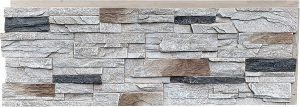
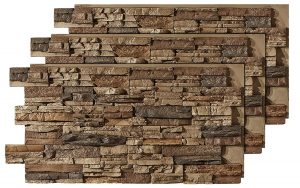
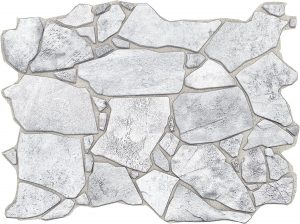
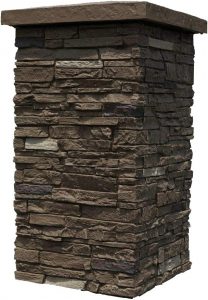

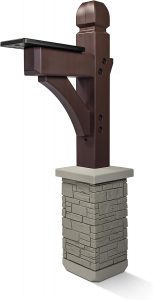
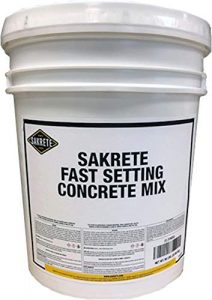
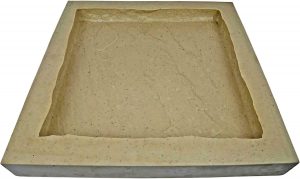


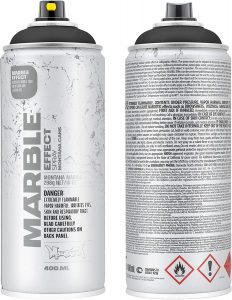
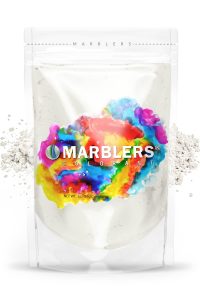



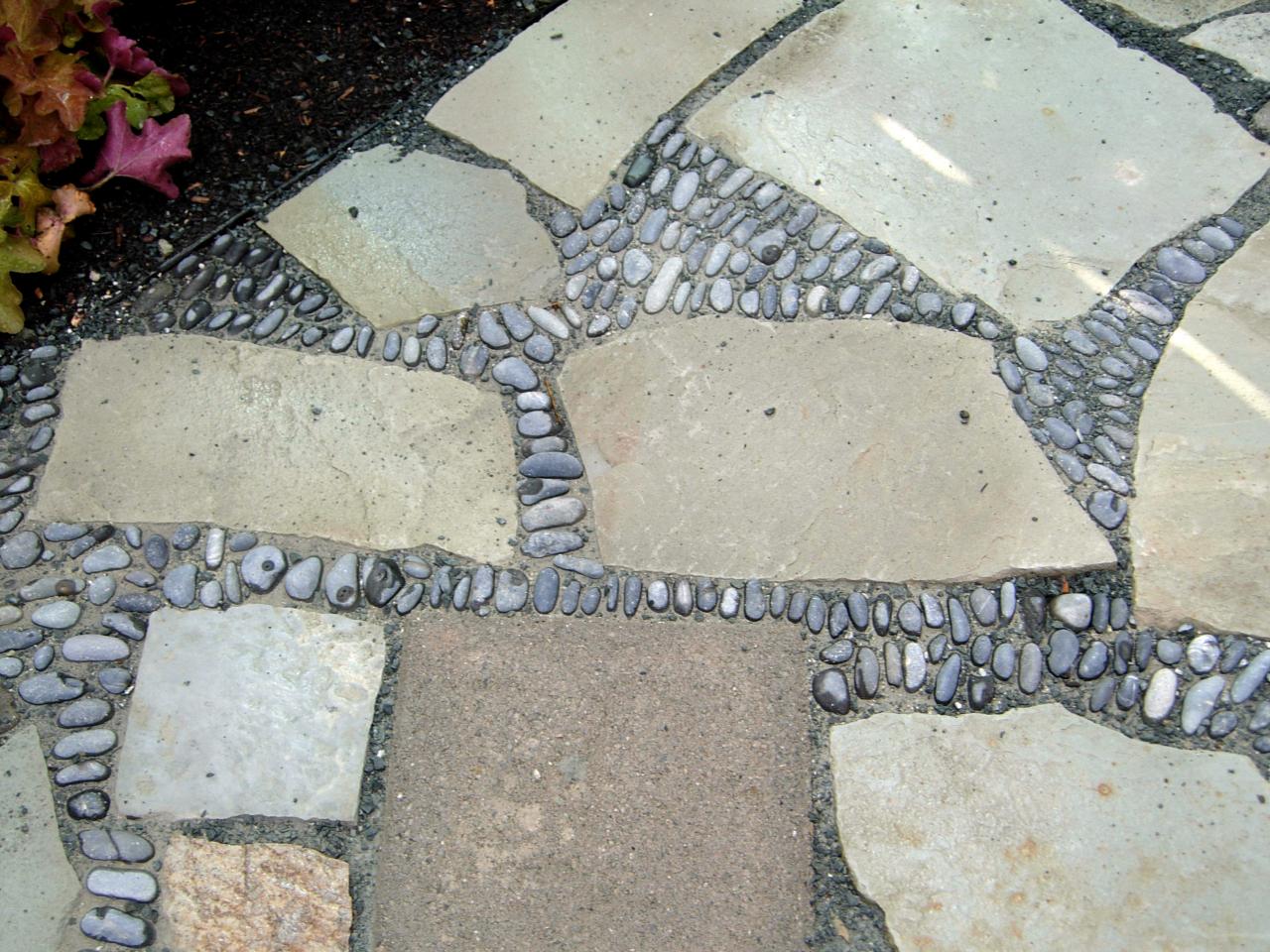

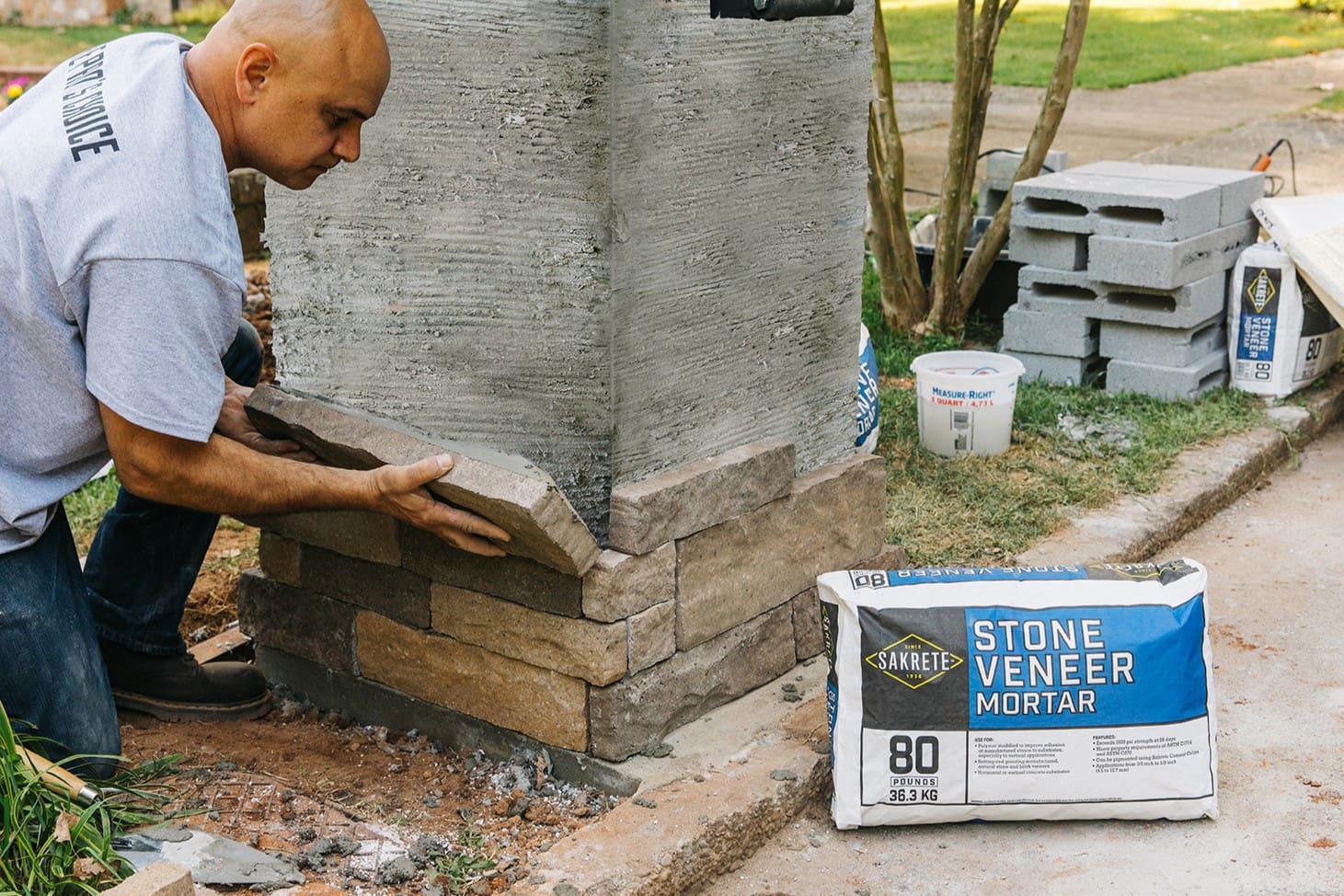

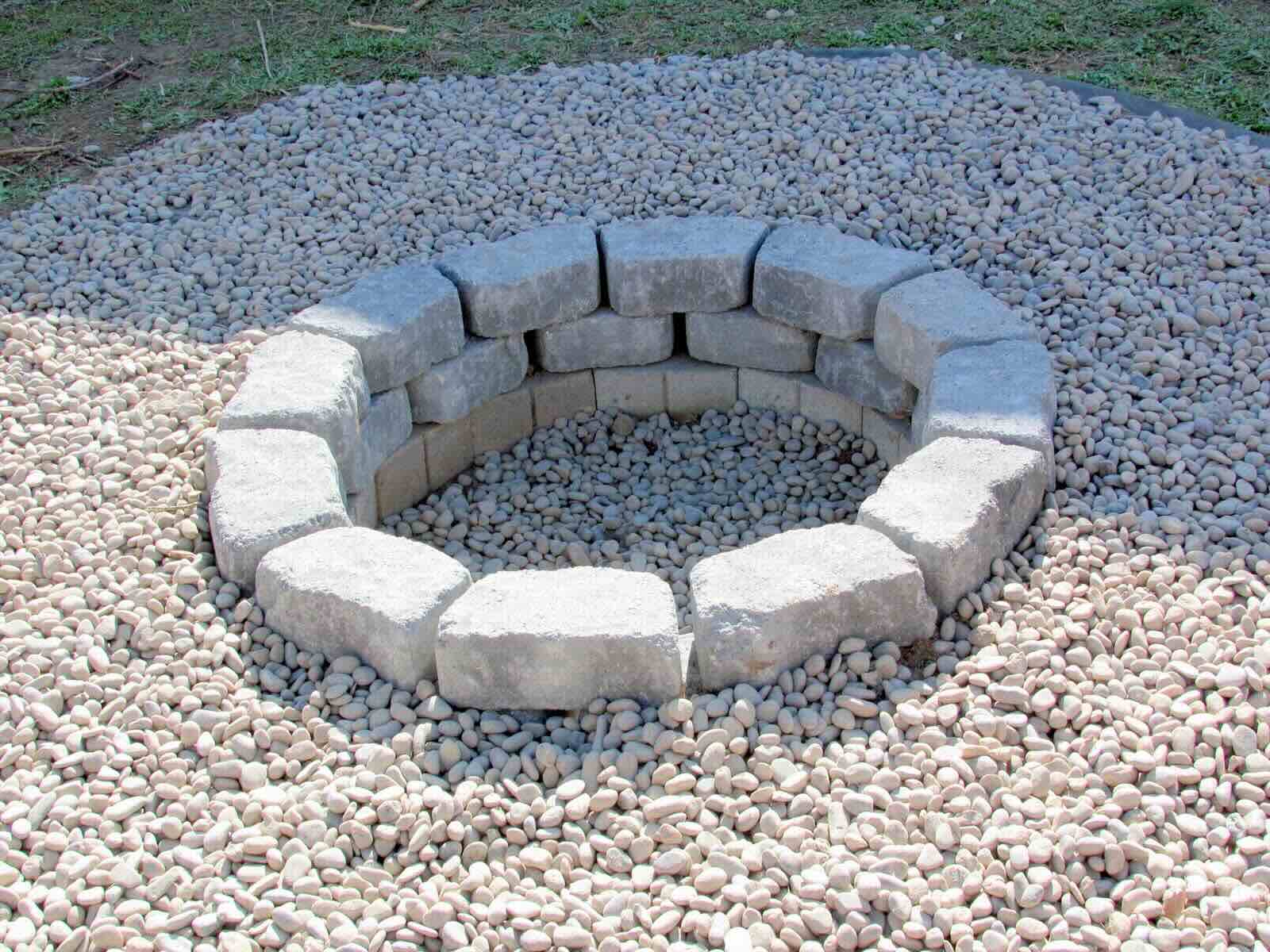
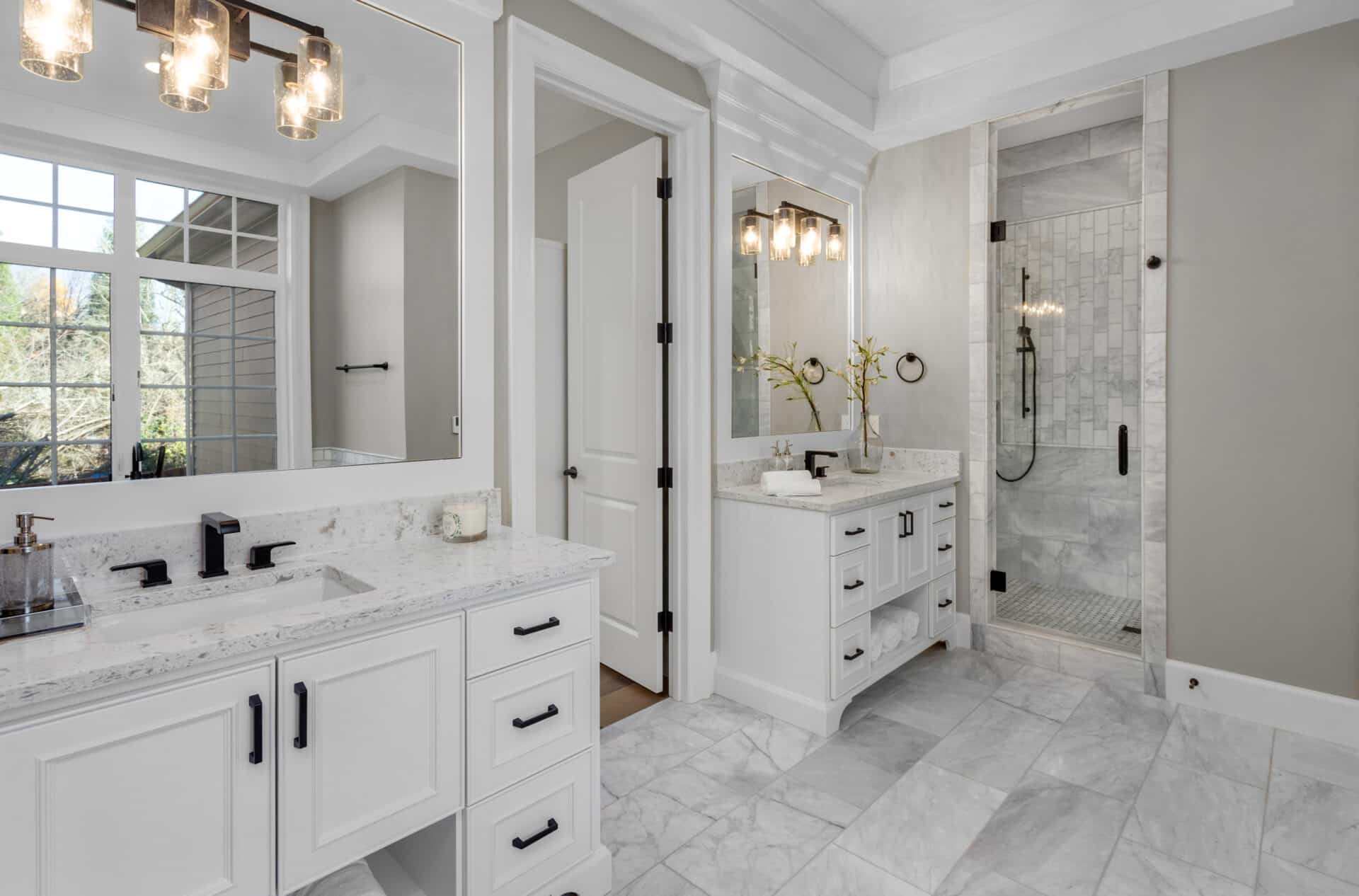
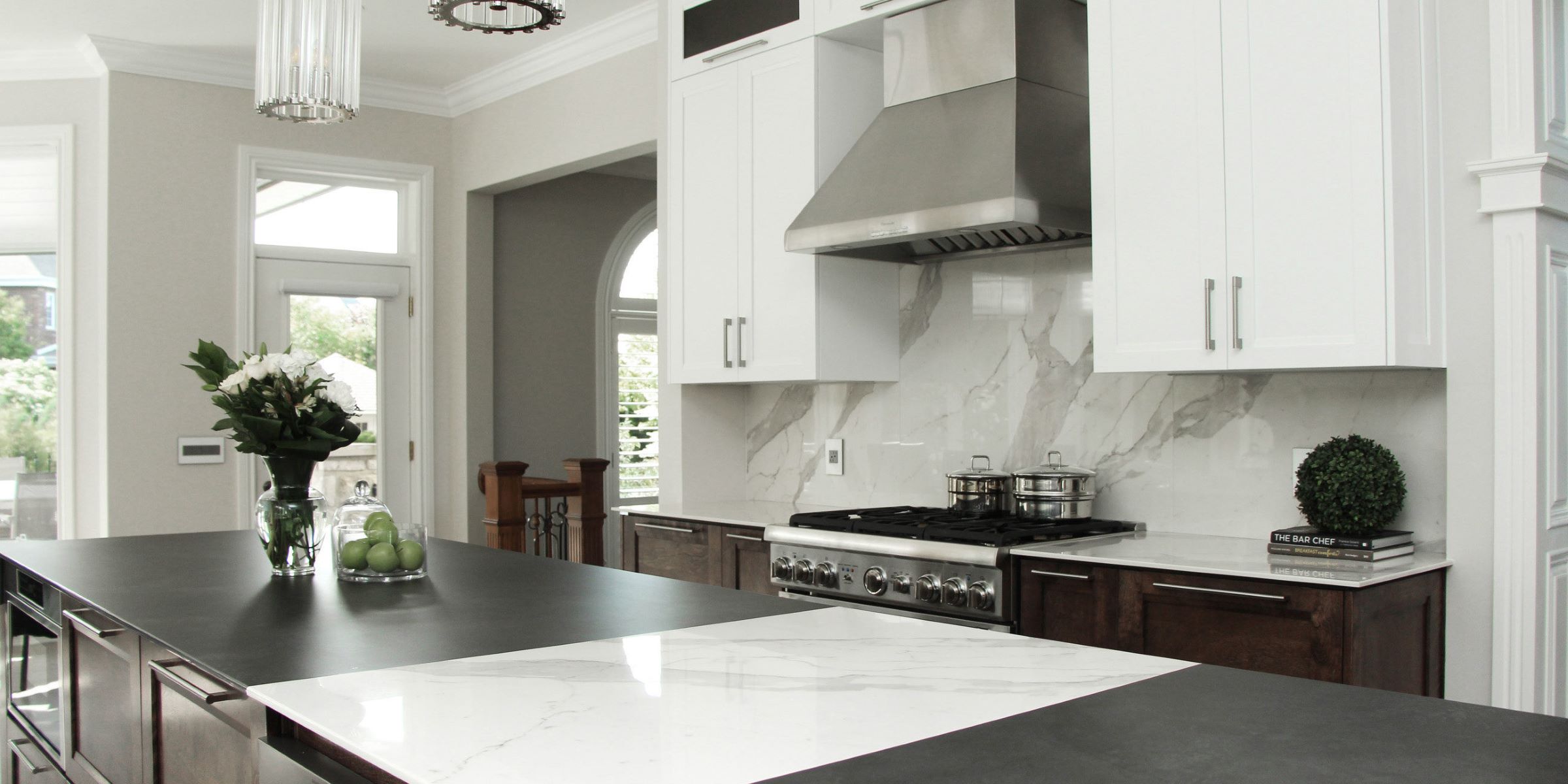
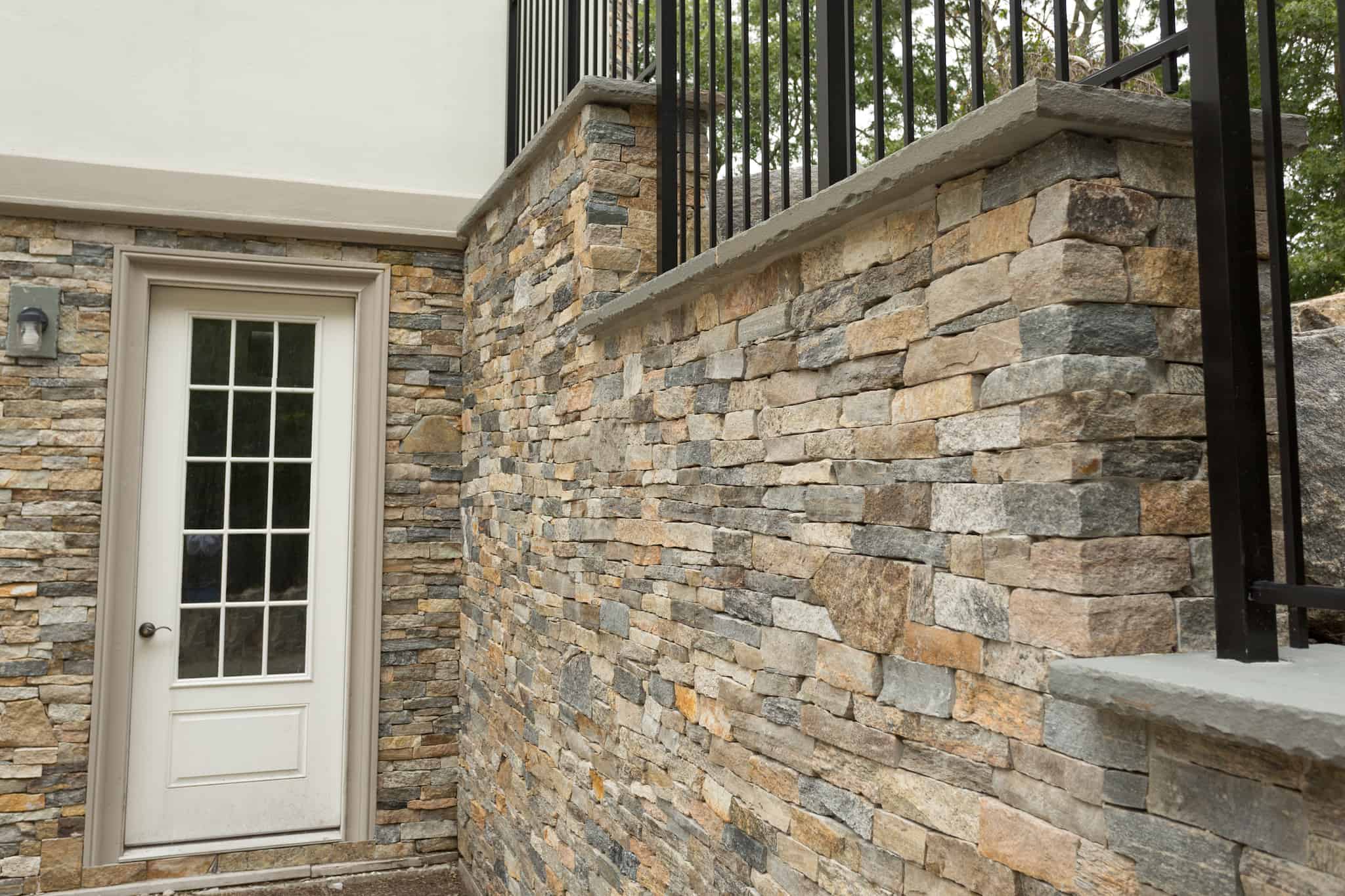

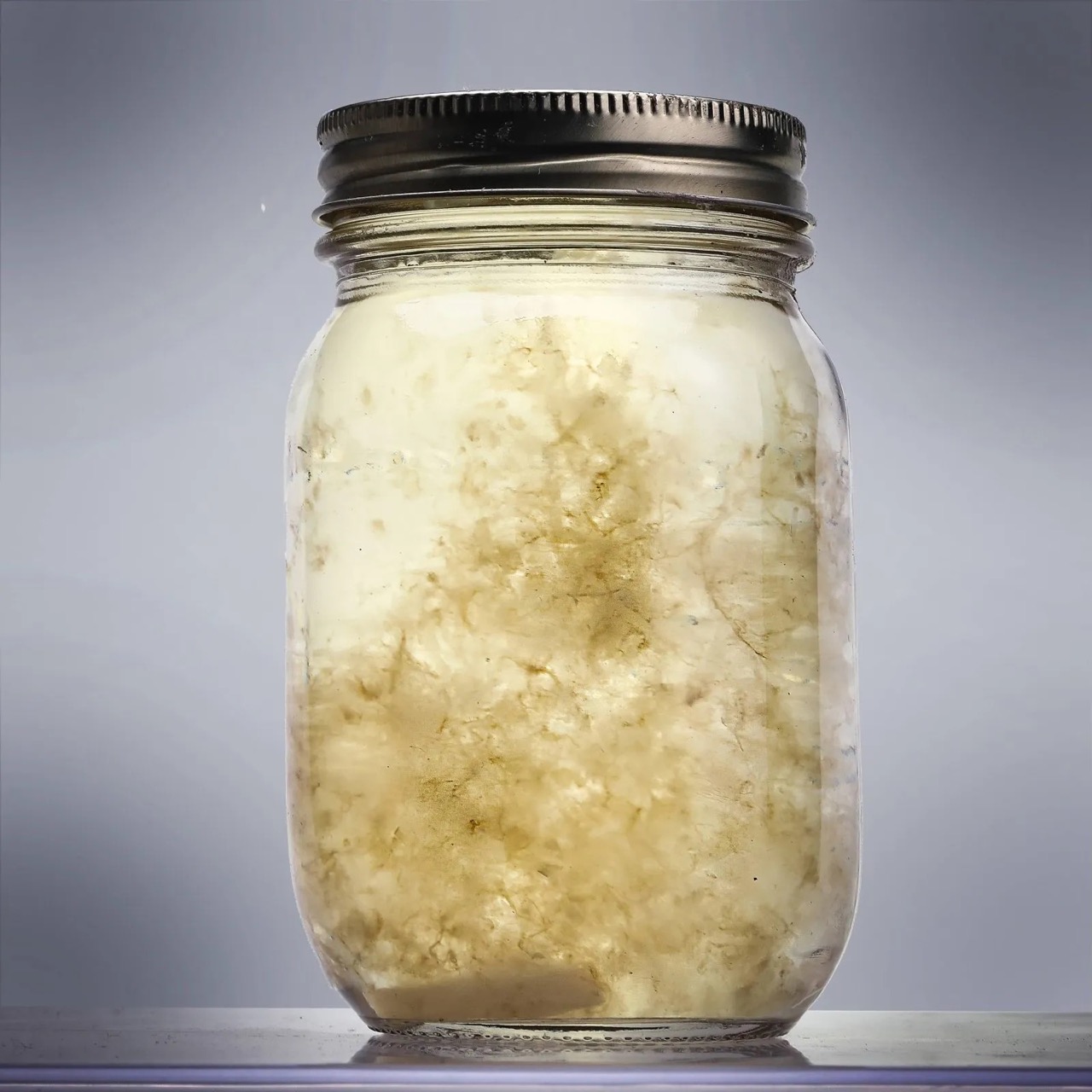

0 thoughts on “What Is Cultured Stone? Does It Differ From Natural Stone?”